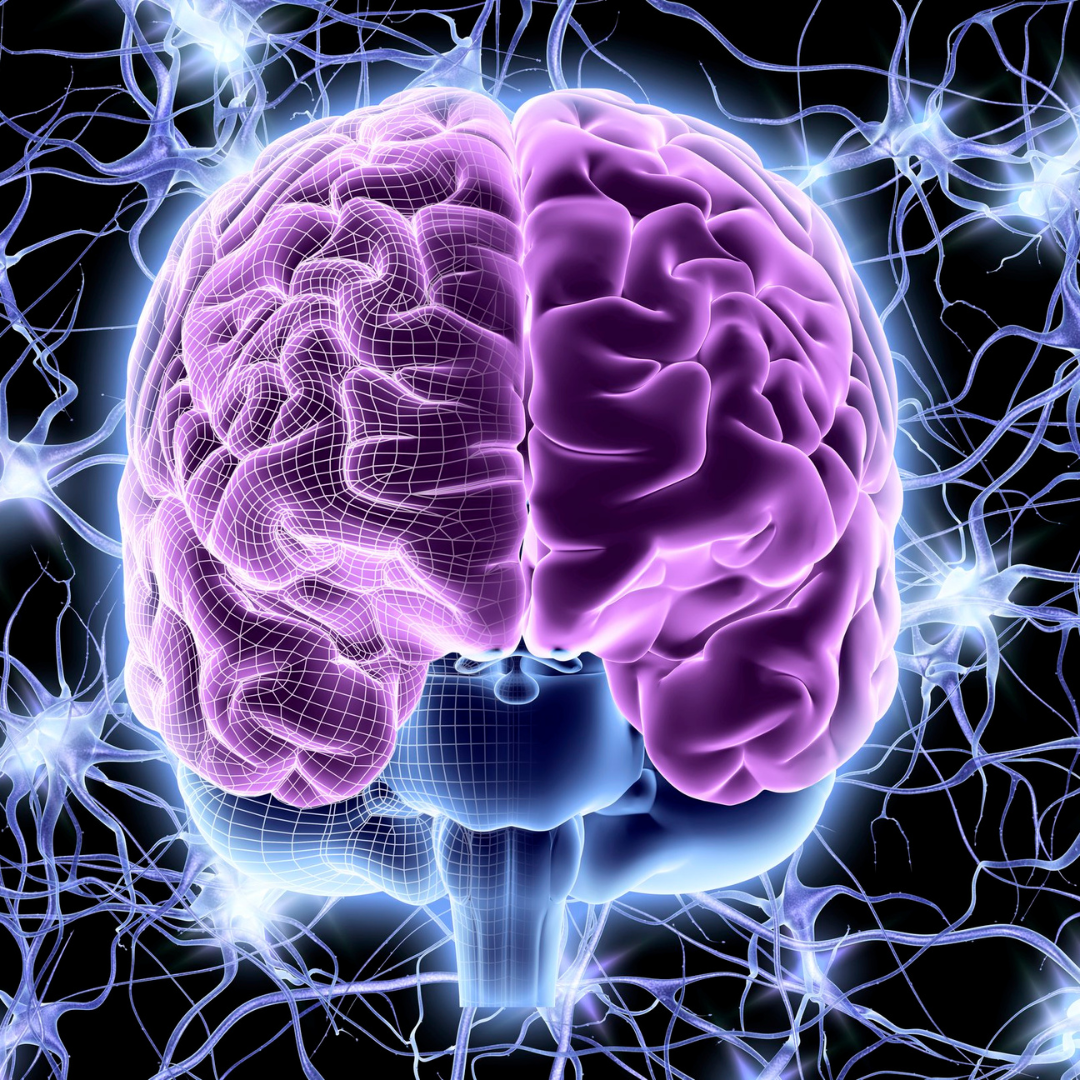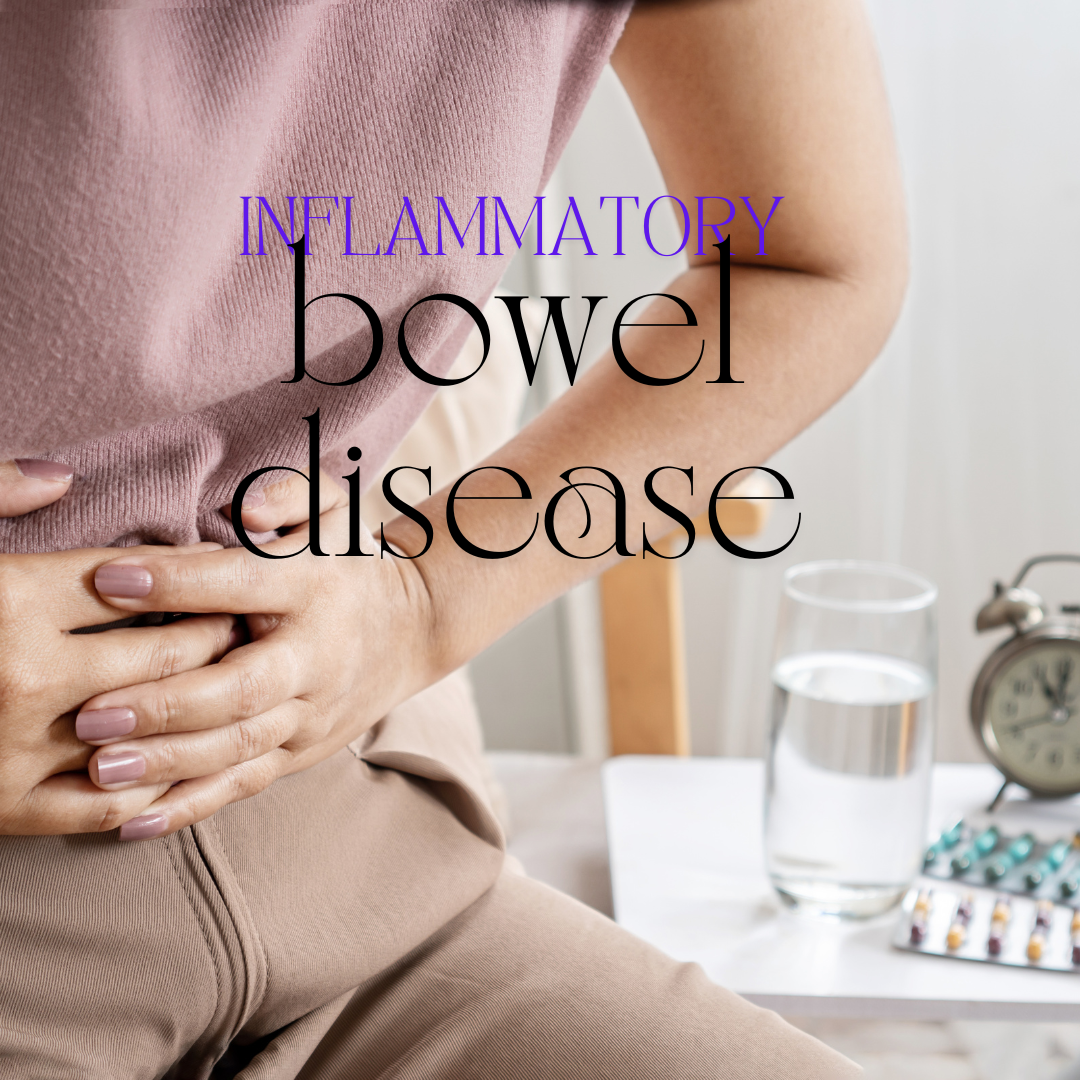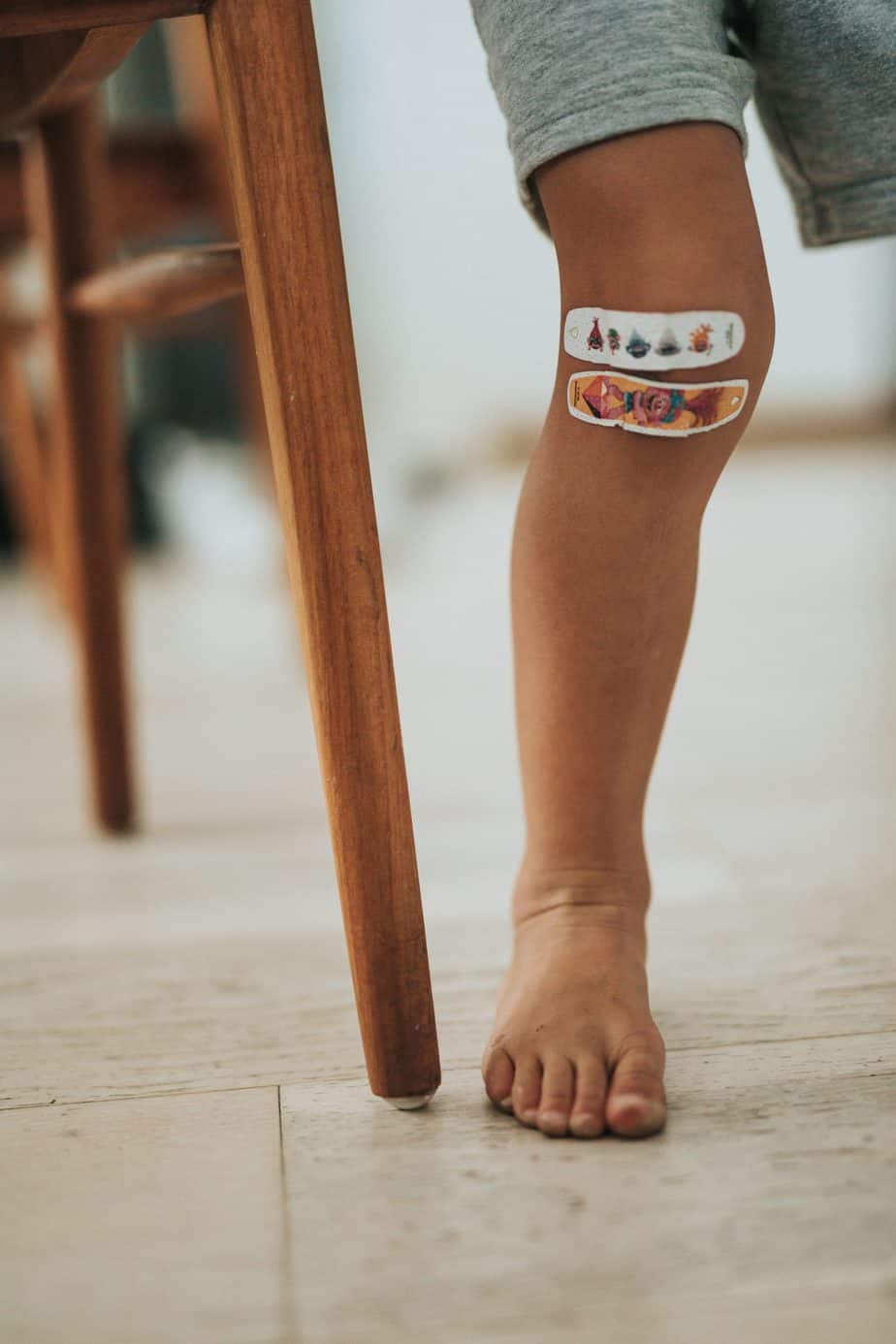Better Mental Health Through Exercise: How to Get Started

Did you set a New Year’s resolution? By chance was it to exercise more? This is one of the most common resolutions. It is one of those things we know is important, but we get busy or stressed, and it falls off our to-do list. The irony is that exercise is one of the best things we can do to help manage our busy lives and other stresses–politics for example.
According to the National Institutes of Health, 40 million American adults suffer from some form of anxiety disorder. That translates to a cost of $42 billion dollars a year. Even if you don’t have a diagnosed anxiety disorder, simply experiencing stress day in and day out is not healthy.
Chronic stress is associated with a whole host of physical and mental disorders including
- poor memory,
- anxiety,
- depression,
- difficulty concentrating,
- high blood pressure,
- heart disease, and
- obesity.
According to the Anxiety and Depression Association of America, exercise is “vital” to maintaining mental health and combating stress. Two 2016 studies published in the journal Preventive Medicine and the Journal of Psychiatric Research showed that exercise could effectively treat and prevent depression.
But, people know they feel good when they exercise, and still they don’t always manage to get out there. The 2015 Stress in America survey produced by the American Psychological Association confirmed this. Despite reports that exercise resulted in participants “feeling good about themselves, being in a good mood, and feeling less stressed,” only about 17% said they exercised routinely.
What does this all mean? It is hard to get exercising.
We are here to help. Here are our top five suggestions to make exercise easier, more enjoyable and something you will stick to:
1. Start with a mini habit
Even a little bit of exercise is better than none. Why not start with something small, like a 5-minute walk. Make it a habit you can keep, and then build on it.
2. Pick an activity you like
Running and biking aren’t the only ways to workout. New York City has endless possibilities in fun engaging workout classes including SurfSET, flying trapeze, various Yoga classes like Deep House Yoga and spin options including AQUA. 2017 will bring with it new workout fads like crawling while still retaining the ever popular online workouts and fitness vacations.
3. Get a buddy
When you make exercise social, you are more likely to enjoy it. The time passes more quickly, and you have someone to hold you accountable. This could be a new found friend in a workout class, at the gym, or on a walking route you take.
4. Avoid pain
Forget “No pain, no gain.” Exercising beyond your ability can result in injury and a severe drop in motivation. If you’re having pain while working out, you’re either pushing yourself too far or doing something wrong. The occasional post-work out muscle ache is the most discomfort you should feel. Always start out lighter. Build up your strength and endurance slowly to avoid any aches or pains.
5. Distract yourself
Sometimes you simply won’t feel like exercising. When that happens pair the activity with something you do enjoy like listening to music, a book on tape, or your favorite podcast. Make sure you are still alert to your surroundings: keep just one earbud in or keep the volume lower. Wireless headphones and a strap on your arm for your phone or MP3 player can free up your limbs to allow you to move more freely.
Once you get those (literal or figurative) rollerblades rolling, you can aim for bigger goals like those set by the U.S. Office of Disease Prevention and Health Promotion. To gain substantial health benefits from exercise, they recommend adults do the following:
- 150 minutes (2 hours and 30 minutes) a week of moderate-intensity,
- or 75 minutes (1 hour and 15 minutes) a week of vigorous-intensity aerobic physical activity,
- or an equivalent combination of moderate- and vigorous-intensity aerobic activity.
A note about pelvic dysfunction:
Stress, anxiety and even depression are not uncommon when dealing with problems associated with pelvic dysfunction. Issues like sexual dysfunction and incontinence can have a huge impact on daily life and self-esteem. We see this when our patients come in to discuss their symptoms. The good news is that with time, we also see tremendous improvement in both physical and mental health.
When you come into our office, you get a full evaluation and an exercise program developed just for you. Exercise offers many physical benefits, but regaining control and hope for the future can go a long way toward improving your mental health, too.
Image Credit: Monkey Business / Adobe Images







